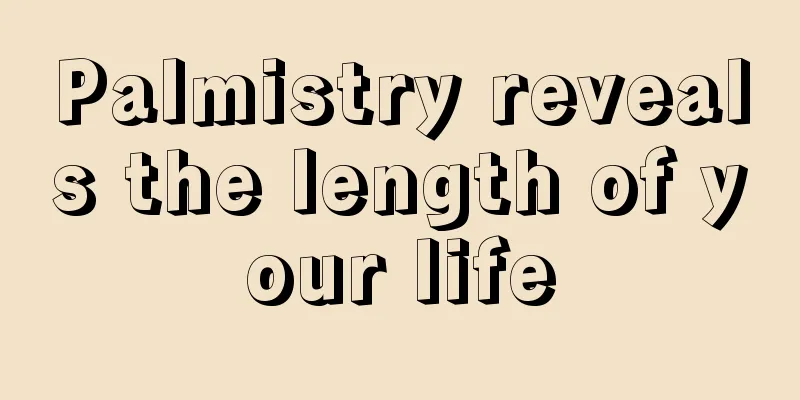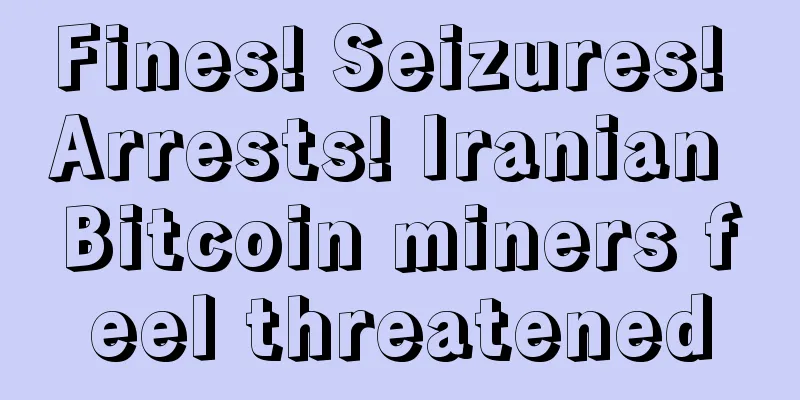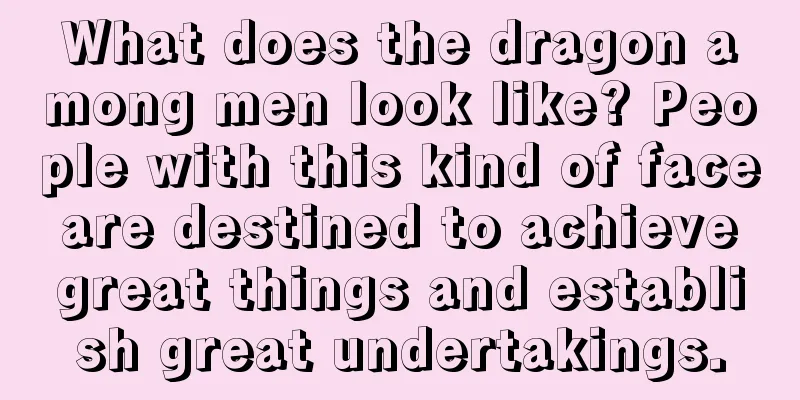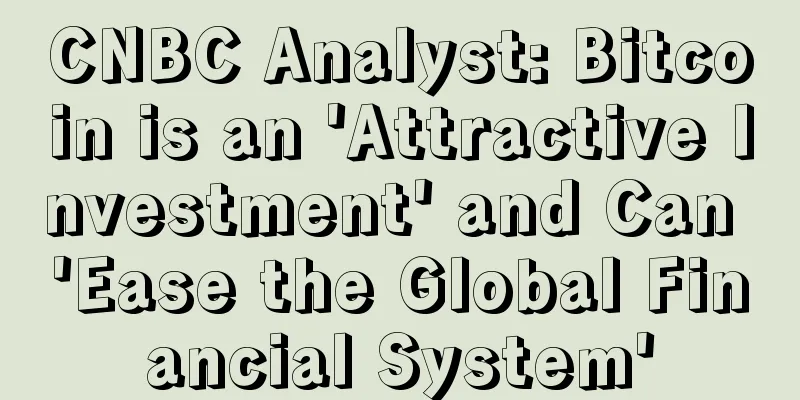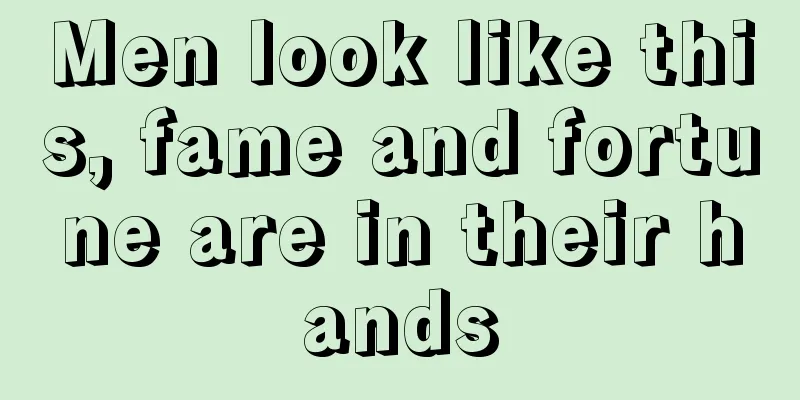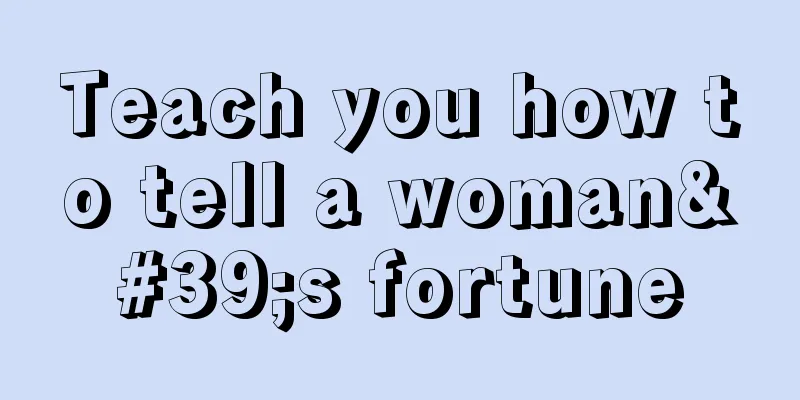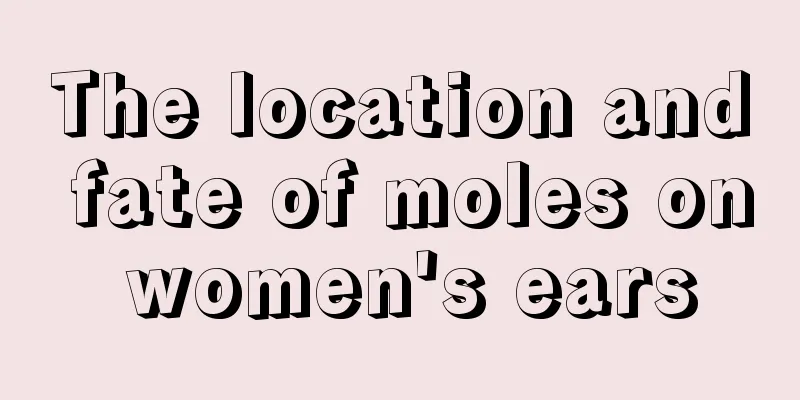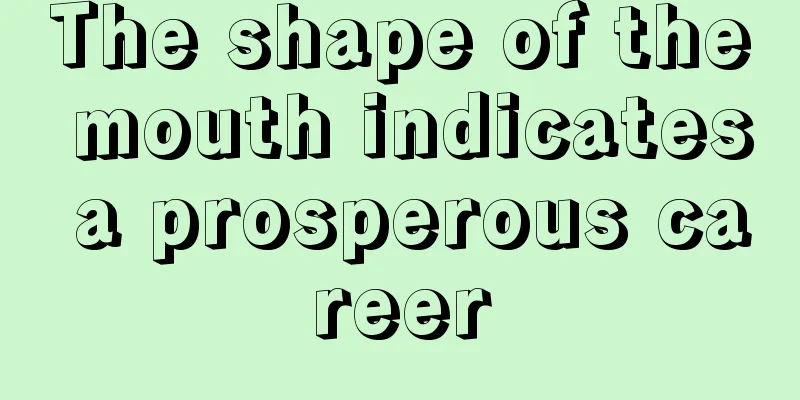New York's "Energy Czar" discusses the potential of blockchain in the energy grid
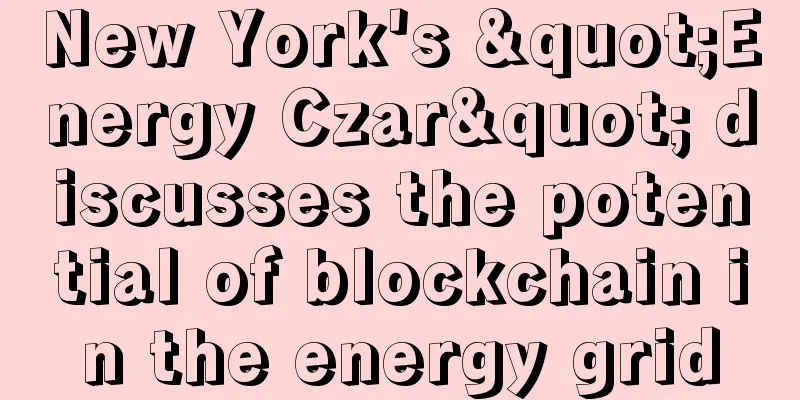
|
New York State is rebuilding the energy grid as a distributed platform that encourages utilities to collaborate with innovators rather than compete with them. It’s an unexpected environment for startup LO3, which uses the ethereum blockchain to allow people to sell solar energy directly to other people. As the state's "energy czar" Richard Kauffman said, it's not that government projects are specifically creating opportunities for the development of blockchain technology, but that the time has come for the incompetent old power grid to be eliminated. Kaufman, who works in the office of Gov. Andrew Cuomo, the chairman of the New York Department of Energy and Finance, told CoinDesk:
Richard Kauffman For energy suppliers and self-employed individuals alike, bidirectional current means they can quickly purchase clean energy produced by local rooftop solar panels, which is like building a microgrid on top of existing infrastructure. Payment methods in the energy sectorThis is what LO3's connected project looks like, Transactive Grid, as shown below. Transactive Grid Device Lawrence Orsini, the company’s founder and CEO, said:
Using Ethereum's public blockchain, and working with Brooklyn-based Consensys to maintain this node, it is possible to build an auditable, transparent, peer-to-peer energy trading method. Another project of the company is called Brooklyn Microgrid, which connects the power grids of various communities into a small area to be isolated from the threat of damage to the large power grid. The idea is to combine a microgrid concept with the Transactive Grid payment method, allowing neighbors to write smart contracts on the blockchain to choose the energy source and type of energy they need, and even decide who to sell the energy to. “The multifunctional grid we’re looking at in the future is going to look nothing like it does today,” Orsini told CoinDesk. “If it goes well, as a consumer you’re no longer just a consumer, you’re a prosumer.” Rethinking the GridTo lay the foundation for a new distributed grid, in 2013 Governor Cuomo tasked Kaufman with developing a set of policies called the Improved Energy Vision (REV) aimed at making the existing energy architecture more affordable, resilient, and clean. Power companies were reorganized into distributed system platform providers (DSPPs) and were forced to upgrade existing systems and splice the power grid into people’s microgrids. Eric Frumin shows off his rooftop solar panels in New York, a week before the first transaction. According to Kaufman, REV officially began in April 2014, inspired by recent typhoons that knocked out much of New York State’s power system, including Irene in 2011 and Sandy in 2012. The existing centralized power grid only has a few power companies. If part of the power grid is damaged, it will affect electricity supply in a large area of a state. Kaufman said:
Proof of conceptLast week Transactive Grid held an event where they completed the first transaction using their technology, between two longtime friends in Brooklyn. At the event, retired U.S. Environmental Defense Agency executive Bob Sauchelli used the Ethereum blockchain to purchase 195 credits of renewable energy produced by solar panels on the roof of his neighbor, environmentalist and labor advocate Eric Frumin . Frumin said:
LO3 co-founders Lawrence Orsini ( center) and Bob Sauchelli (far left) use Transactive Grid to complete energy purchase scenarios Policy FundingAs part of the REV program, the state set aside $40 million in funding for potential partners interested in building a decentralized grid. There were 150 applicants, including LO3, and 83 applicants received about $100,000 each to conduct their feasibility studies. As an applicant that was not among these early-stage finalists, LO3 entered the second phase of the competition, where if it were among the top ten, it would be awarded $1 million for its industrial design and business plan. This fall, New York State is likely to announce the next steps for REV applicants, and the winner of Phase 3 will receive a $5 million award. While Kaufman would not comment on LO3 or other applicants, he did comment on blockchain technology:
Original article: http://www.coindesk.com/new-york-energy-czar-blockchain/ |
<<: Data shows that funds are pouring into blockchain startups
>>: Haobit Exchange is open for testing today
Recommend
Everything is ready for the US Bitcoin ETF, except for the SEC's final push
The U.S. Securities and Exchange Commission issue...
How does it affect your fortune if you have many wrinkles on your forehead at a young age?
The forehead is an area that many people can stil...
Former IBM President Joins I/O Digital, a Non-Profit Blockchain Organization, to Promote Open Source Blockchain Development and Deployment
Nadal Antonioni, former president of IBM Mexico, ...
NYDIG: What will happen next for Bitcoin from a cyclical perspective?
NYDIG is an institution specializing in Bitcoin f...
SiteGround, a well-established virtual host, offers unique technology and quality service experience
As the world's leading web hosting service pr...
The meaning of small eyes in boys is loyalty
For a person, eyes are very important. Eyes of di...
Goldman Sachs' application for "DeFi and Blockchain Stock ETF" was ridiculed. What is the reason behind it?
The footprints of the internationally renowned in...
Is the crypto market facing a crisis? Let the data tell you
Text | Neicanjun In recent months, Bitcoin has be...
The facial features of a wealthy woman
1. Black hair In physiognomy, women with black ha...
How to read the fortune line in palmistry
The wealth line is a short vertical line originat...
Bitcoin has experienced multiple setbacks, some people have chosen to withdraw, but the enthusiasm of supporters remains unabated
Bitcoin has experienced ups and downs recently. A...
How to tell fortune from the position of moles on the face
The position of moles is different, and the meani...
Palmistry Lifeline Lifeline for those who work hard to make a living
Lifeline in palmistry, lifeline for those who wor...
Teach you how to identify the potential of men
Potential stocks have great potential. When their...
Is it good for a woman to have big lip beads? How about small lip beads?
The lip bead is the tip of the mouth, so what does...
